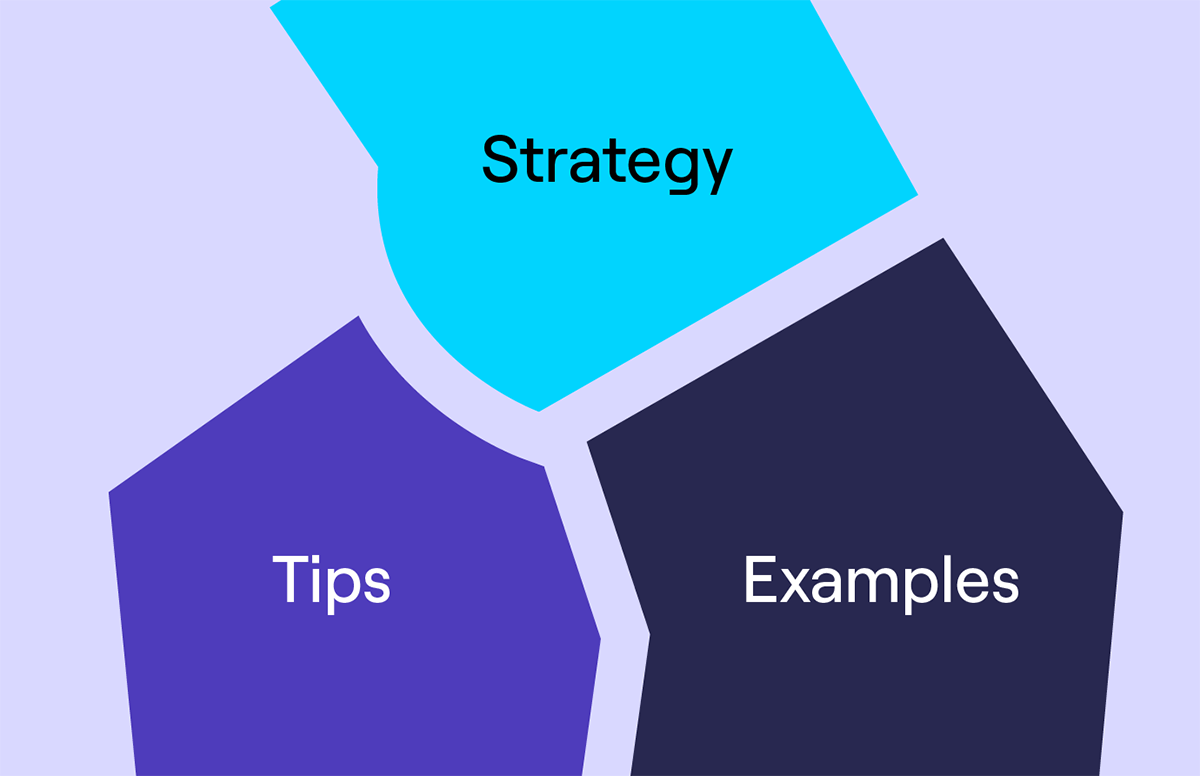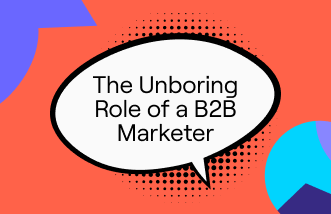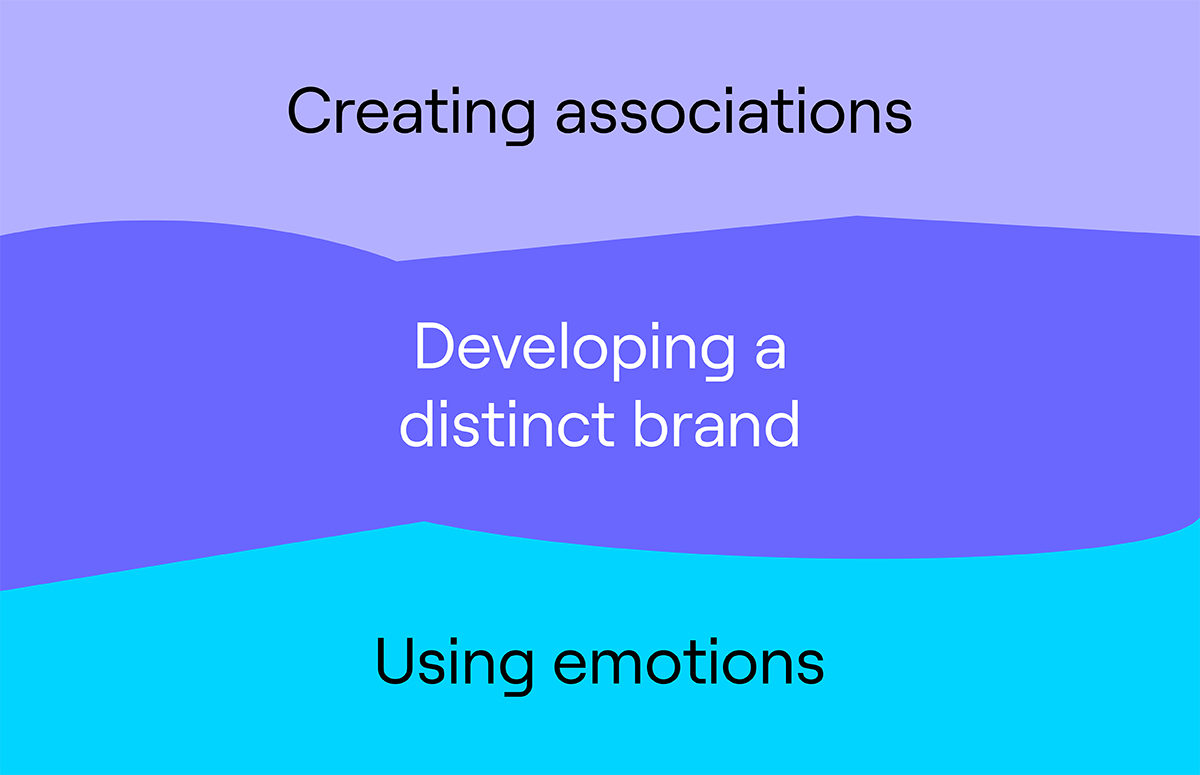Rebranding in the Demand Gen Era: Cognism’s Tips and Tricks
Hands up if you love makeovers! 🙋♀️
Some of our favourites are Queer Eye, Marie Kondo, and The 60 Minute Makeover.
There’s nothing better than getting a fresh new look. And branding for B2B companies is no exception.
Except…
It’s not just about typography or how the new Zoom background is going to look.
A company brand tells a story: who they are and where they’re headed.
And for Cognism, the rebrand offered the marketing team a chance to further align and enhance their pivot from the lead gen to the demand gen world.
In the marketing team, Alice de Courcy (CMO), Fran Langham (Head of Demand Gen), and Liam Bartholomew (Global Head of Demand Gen) have all learnt a lot about planning, approaching and executing the rebranding process.
Scroll or use the menu on the left to uncover more. 👈
The meaning of ‘brand limbo’
We’re not talking about the fun dance everyone knows. 🕺
It’s an actual term:
When your current guidelines or brand is not set out to deal with the day to day occurrences that arise. Therefore, you’re reinventing the wheel everyday - and often not very well.
It’s something Alice had first-hand experience with. And she explains why it’s a major issue:
“Since I joined Cognism over three years ago, there were some very basic brand guidelines that had been created. There were very basic templates. It was a lightweight brand exercise.”
She added:
“What I’ve found as we’ve gone from a marketing team of 3 to 20 people, and from a revenue number of under 3 million to 20 million, the scale has MASSIVELY increased. Everything was mix and match, sometimes even open to interpretation.”
“The brand had no deeper alignment with the company’s position and story in the marketplace. It was hugely slowing us down.”
So, if you’re in a similar situation - it might be time to rebrand!
Rebranding: the pre-kick-off work
Okay, so you’ve decided to take the leap of faith and rebrand.
What happens next?
Well, all of the work you do has got to tie back to revenue. As well as your wider company goals.
Alice identified five main items to prioritise and prepare for:
1. Have clear project owners
Striking a balance is important.
Alice said:
“It’s always better to have more than one owner. But you also want to make sure you’re not distracting the wider team from day-to-day activities that are helping to hit the current goals.”
For Cognism’s rebrand, there were two clear project owners: Alice and Verche, who heads up product marketing.
2. Have board or executive buy-in
Why is this important?
Shouldn’t the new and refreshed look of a brand speak for itself?
Actually, no.
In Alice’s experience:
“Rebrands have a really bad reputation for being busy work. Execs and board members tend to think that lots of projects get put on pause until rebrand launch day. They believe that growth is stalled and not accelerated. There’s a sense of fear that comes about when someone mentions the word ‘rebrand’.”
So, what’s the fix here?
Involve the board and executives from the very start. Make sure they’re aware of how the rebrand will impact revenue, speed, and growth. And even outline how day-to-day activities don’t necessarily have to be halted because of the rebrand.
3. Ensure your house is in order
No one likes a messy house.
Alice stressed it’s important to set up clear values, positioning, mission, vision, and business objectives. And not just your immediate ones - set out the objectives of the rebrand for the next 2 to 3 years.
She said:
“Everything you do with the rebrand should tie into these things. Because you don’t want to be in a position where you end up going through another rebrand project in two to three years' time.”
4. Have a clear objective for the rebrand project
It’s a huge task.
And you're bound to feel the pressure of the rebrand at times. So remind yourself, your team, and the rest of the company why it’s happening in the first place.
For Alice and the rest of the Cognism crew, it was about creating a scalable design system that’s reflective of our positioning and values, enabling the company to accelerate at speed.
“Setting your objective is important. Because when you’re talking to the board, the market, the agencies, and the company, they’re going to want to know what your goal behind the rebrand is.”
5. Undergo and fully document a review process
Choosing a design agency can be super daunting.
So Alice said:
“I suggest documenting and evaluating a number of alternatives when it comes to picking a design agency. We evaluated through cost and looked at cheap, middle ground and high prices. And ultimately for us, Pentagram was the clear winner.”
Rebranding and the demand gen era
Did you know…
Rebrands can help with your demand gen approach.
Because it allows you to take a step back and look at all of the assets you have, and assess if you even need them anymore.
Liam explains what this means:
“We went through our forms, PDFs, the website journey, ads, and emails. And while you could easily avoid revisiting all of these things, the rebrand allows you to really take time and evaluate what’s actually useful for your demand gen approach.”
He took us through the different aspects and how rebranding them accelerates the pivot to demand gen marketing.👇
Forms
Using forms is a tale as old as time.
Because they aren’t a defining factor of the demand gen world. And it’s a pain when you’ve got 100 plus of them lying around.
But Liam’s experience proved why the rebrand is a useful exercise:
“Previously in the lead gen model we had over 200 forms. And the rebrand meant we cut it down to around 10. And we also revisited it to make it far more efficient in Pardot and Salesforce too.”
PDFs
Liam said:
“We used to have 100+ PDFs. And since we’ve moved to the demand gen model, we’ve realised that they aren’t always the best way to display and consume content.”
“So the rebrand offered us a chance to go through and think if certain PDFs were needed or even relevant anymore. In some cases, we were asking ourselves if these PDFs would look better as an interactive online page or a blog.”
It’s about figuring out what’s slowing you down - and then cutting the dead weight.
The website journey
The rebrand gives you a chance to revisit more than just the colour or template of a website.
Liam mentioned there ended up being a lot to change. For example:
“There were loads of CTAs on blogs that lead to gated content. As we all know, gated content is a thing of the past when it comes to demand gen. So the rebrand allowed us to update all of the CTAs, all at once.”
He added:
“We also had random web pages with videos. So the rebrand gave us the opportunity to re-categorise this video content to YouTube, where people could openly watch, like, comment, and share the videos.”
Ads
Have you ever been in the following scenario?
You’ve launched an ad and noticed that it’s not been performing as well. 6 months later, it’s still running, but because you’ve been caught up in other campaigns, you’ve forgotten to switch it off.
It happens. And that’s why a rebrand can help solve this issue. Almost make you click refresh on your approach to ads.
Liam said:
“The rebrand project meant we took a deep dive into restructuring our accounts, identifying gaps, and briefing in new creatives for those too.”
He elaborated, saying:
“We used the time to also deep dive into metrics and the performance of these ads. We could almost start from scratch, and see where we were missing things.”
After all, auditing, testing and tracking are the name of the B2B marketing game. 🙌
Emails
The rebrand gave the marketing team a chance to look at all existing email nurture programmes and processes.
As Liam said:
“We looked at email nurtures that were no longer working or relevant. For example, we had follow-up emails to lead gen playbooks that were still active in Pardot. It was a big clean-up piece of work we were able to do, as we could consolidate our nurtures.”
Oh, and it’s also worth mentioning it wasn’t just about updating templates. The rebrand meant Liam and the DG team could update the preference centre too.
Rebranding and your next steps
It’s a huge amount of work and effort.
So what happens next? Set and forget?
NO!!!
It’s about injecting the new brand into everything you do as a demand gen marketer. In other words, the rebrand should help you move the needle.
For Fran, the rebrand has now offered a chance to level up the creative process, especially when it comes to conceptualising and brainstorming new campaigns:
“In the past, we’d usually think about the campaign, the messaging, and then just brief design. We were previously working in a silo with design, and it wasn’t very cohesive. And that meant the storytelling element wasn’t something we were particularly good at before.”
And now, what’s changed?
Fran outlined three key improvements:
- The design team is now part of ideation as much as delivery when it comes to new ads.
- The initial new brand voice and tone guidelines helps to create consistency, which is now fed into every campaign that’s run.
- The team’s now able to take stock and redefine what’s being put out there in the world. Specifically, they’ve become more customer-centric with the new brand.
She added:
“The switch from lead gen to demand gen, coupled with the rebrand, has enabled us to rethink the kind of experience we’re delivering to our audience. For example, are we ahead of the trends? Are we creating on-site journeys that fit how users behave?”
Rebranding: the key takeaways
Let’s recap the key points on all things rebrand!
- If you’re finding yourself in a state of brand limbo, it’s time to take a closer look at your current brand and see if it aligns with your wider goals and messaging as an organisation.
- Remember to prepare these key elements before embarking on the rebrand journey:
- Have clear project owners.
- Have executive or board member buy-in.
- Ensure your house is in order.
- Have a clear objective of the rebrand at all times.
- Undergo a fully documented review process when it comes to choosing a design agency.
3. Use the rebrand as an opportunity to refine your demand gen approach. Cut the lead gen forms and PDFs; they’re things of the past!
4. And finally, your rebrand isn’t a set-and-forget exercise. Make sure you’re living and breathing it into everything you do as a marketing team.
And that’s it. You're ready to rebrand!
For more demand gen insights, check out the full episode of Demandism below ⏬


